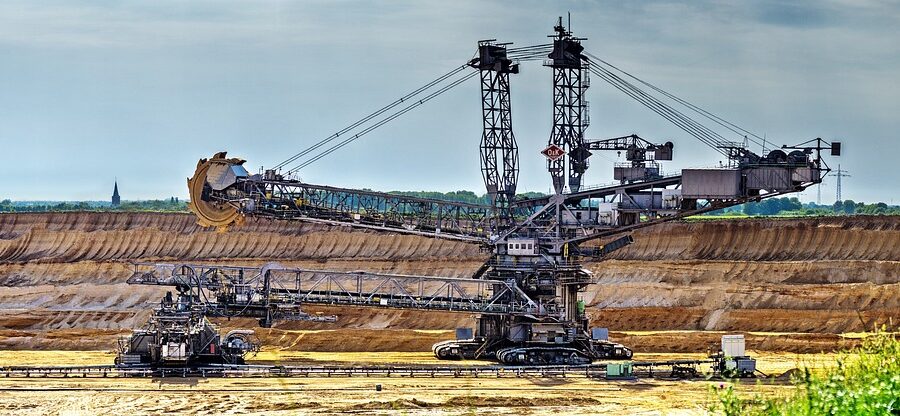Ioneer Ltd (ASX: INR, NASDAQ: IONR) has announced a major 45% increase in the Mineral Resource estimate for its Rhyolite Ridge Lithium-Boron Project in Nevada. With a total resource of 510 million tonnes (Mt) containing 3.97 Mt of lithium carbonate equivalent (LCE) and 14.66 Mt of boric acid equivalent (BAE), this update significantly strengthens the project’s long-term potential.
Key Takeaways
- Expanded Resource Base: The latest estimate includes new data from 12 drill holes completed in 2024, reinforcing Rhyolite Ridge’s economic viability.
- Higher Confidence Levels: 81% of the resource now sits in the Measured & Indicated category, paving the way for an updated Ore Reserve estimate set for release in April 2025.
- Flexible Production Strategy: The resource is divided into three distinct Streams, allowing Ioneer to adjust lithium and boric acid production based on market conditions.
The Advantage of Boron Co-Production
Ioneer’s dual revenue stream model is a key differentiator. While most lithium projects rely solely on lithium prices, 30-40% of Rhyolite Ridge’s revenue is expected to come from boron. This means that in periods of lower lithium prices, the company can prioritize high-boron ore (Stream 1) to optimize revenues.
Managing Director Bernard Rowe highlighted this advantage, stating:
“No other lithium project has this flexibility and economic advantage. In times of low lithium pricing, we can prioritize high-boron ore to optimize revenue.”
Breakdown of the Updated Resource
| Stream | Resource (Mt) | Lithium Carbonate (Mt) | Boric Acid (Mt) |
|---|---|---|---|
| Stream 1 (High-boron, low-clay) | 179 | 1.54 | 12.00 |
| Stream 2 (Low-boron, low-clay) | 274 | 1.78 | 2.25 |
| Stream 3 (Low-boron, high-clay) | 58 | 0.64 | 0.41 |
| Total | 510 | 3.97 | 14.66 |
Looking Ahead
The expanded resource underpins the upcoming Ore Reserve estimate, which will guide mine planning and project economics. With a fully permitted project area and nearly $1 billion in funding from the U.S. Department of Energy, Ioneer is well-positioned to capitalize on the growing lithium and boron markets.





